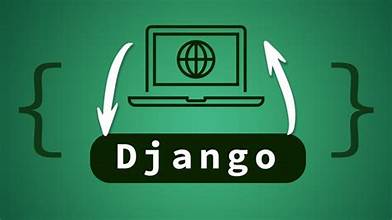Detailed understanding of REST, REST architectural constraints, client-server architecture and HTTP request-response pair
Basic knowledge about RESTful APIs and JSON
Introduction to the manual API testing
Introduction to the Postman Automated API Testing
Requirements
- No prior specialized knowledge is required
- No programming experience needed
- Desire to learn APIs
- Thirst for knowledge
Description
API testing is a very contradictory topic. And it happens that you worked for years as a Manual tester and never faced the APIs or had a need to test those. But it can change at any moment.
Let’s imagine the scenario. You passed an interview at a new company. You are a good person and they are good people. They liked you and they liked you. Even more, they offered good money.
During the interview, they said that the project is very cool and that you already know everything to start work. That the project has excellent documentation and a cool team, and all SCRUM processes are perfectly implied.
Two weeks have passed. And it’s your first working day at your new job. You receive a letter from the manager. He congratulated you and says that you were expected and advertised a lot. That you are a testing expert. And in the email, he sends the user story. He says that she should be tested tomorrow. But since you are an expert, it will not cause difficulties.
You are the expert. That is true. So you check the story.
And you do not understand a single word there. In the story, a lot of things have been mentioned some endpoints, base URLs, JSON body, HTTP response code, and CURL. And all of this is new to you. You have never worked on the API level. But do you need to finish testing by tomorrow? What are you going to do?
You are the expert!
You will test the story with the help of this course!
Even more, you will have time for a cup of coffee!
Who this course is for:
- Manual testers who need to learn how to test APIs ASAP
- People who can’t imagine their life without REST APIs
- People who love coffee
Course content
5 sections • 11 lectures • 1h 54m total lengthExpand all sections
API testing theory5 lectures • 47min
- What is the REST API?03:03
- REST and REST Architectural Constraints13:16
- Client server architecture08:32
- Anatomy of an HTTP Request17:46
- Anatomy of an HTTP Response04:35
the API testing tools1 lecture • 13min
- Postman Fundamentals12:53
Coffee Break1 lecture • 1min
the API testing practice3 lectures • 50min
- How to Test the API for the first time13:40
- Exploratory testing of GET endpoint16:48
- How to automate API Tests with Postman19:45
Bonus lecture1 lecture • 3min

